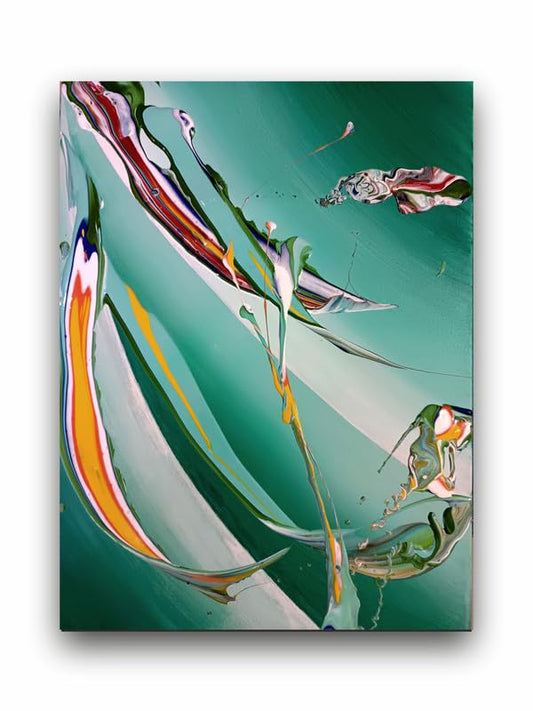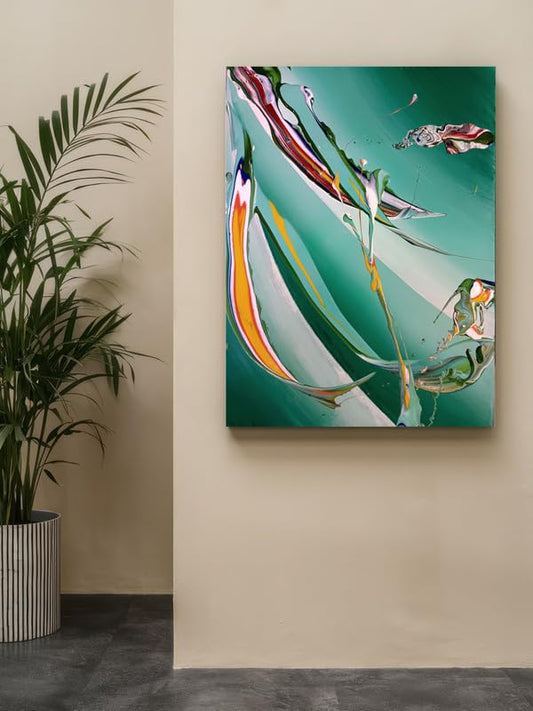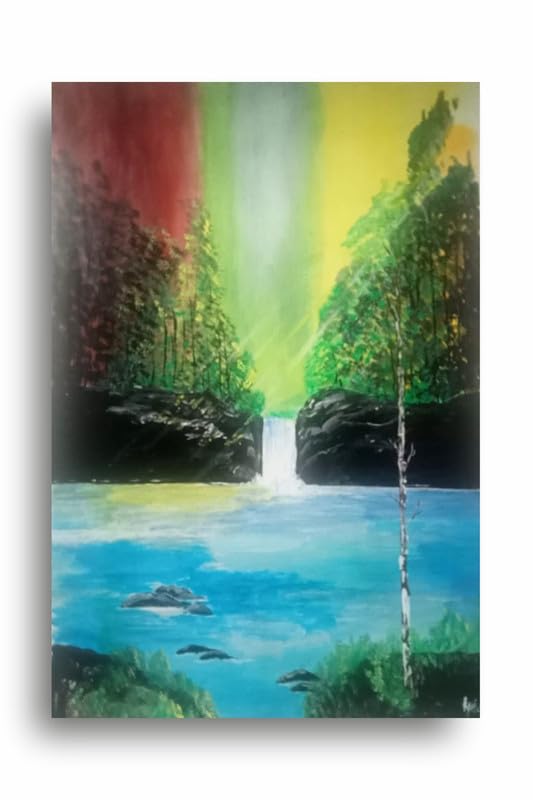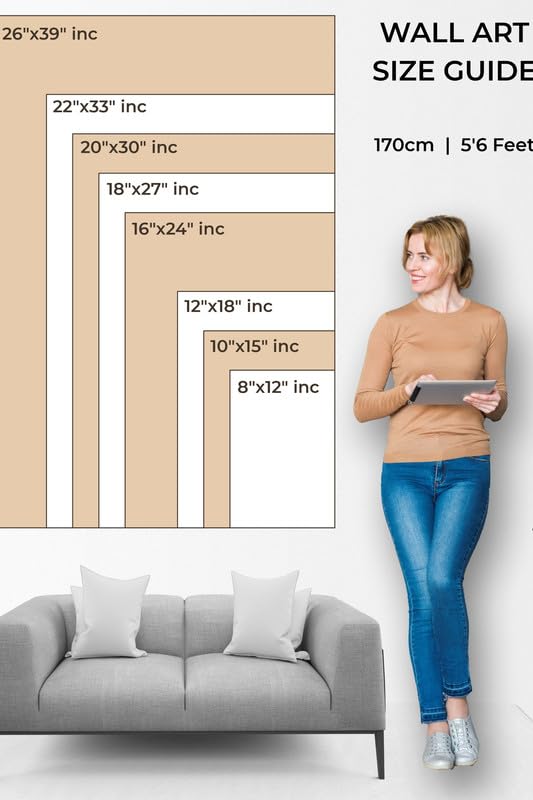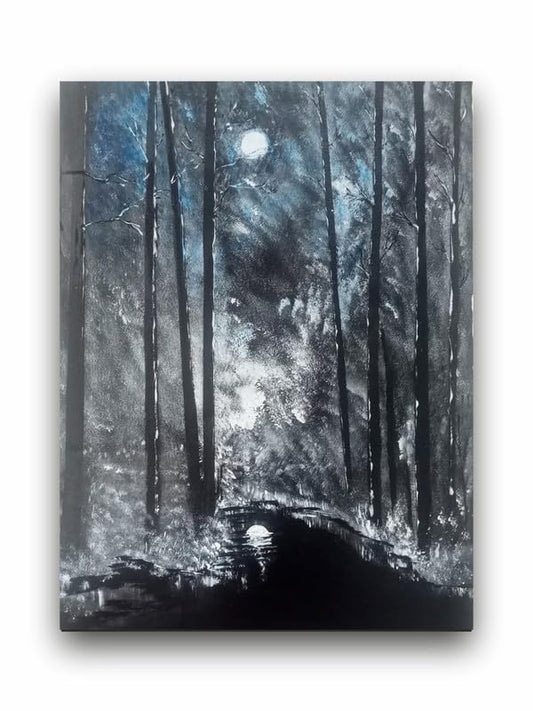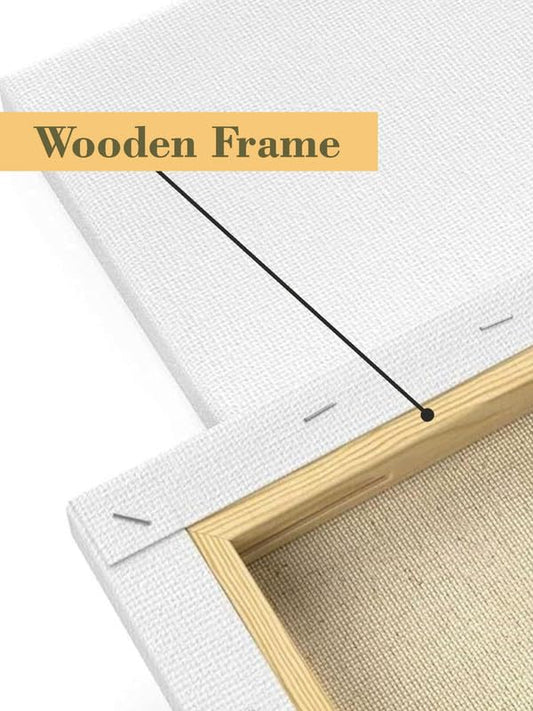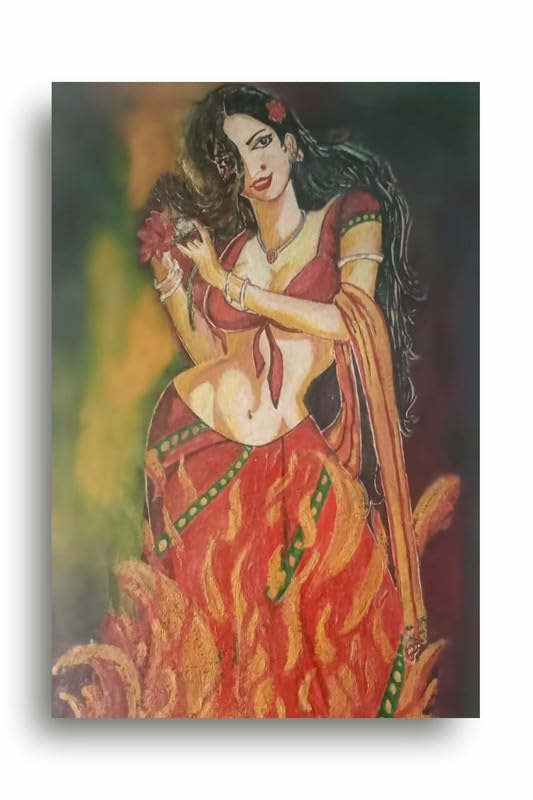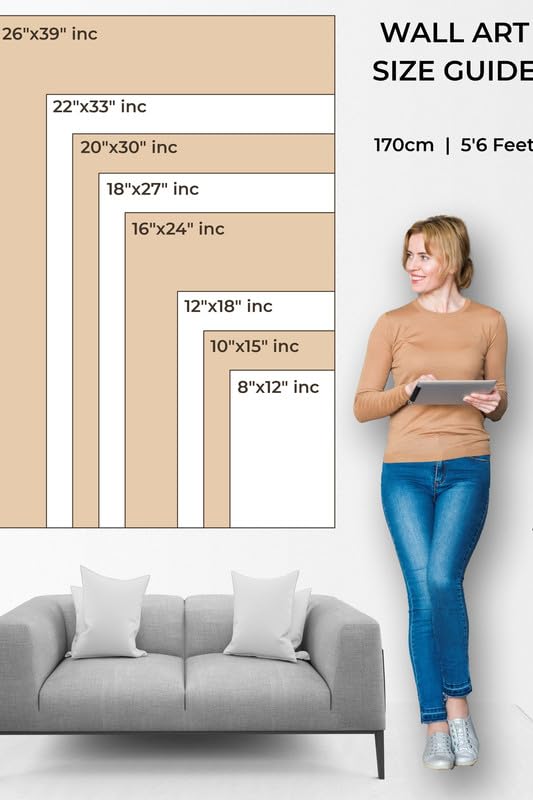
Found Object Use in Modern Art
Found Object Use in Modern Art
Modern art has always been a way of expressing something innovative to break all boundaries and redefine traditional notions of creativity. Among the most interesting techniques developed over the course of the 20th century is the use of found objects—commonly, everyday items taken as art. It makes feasible the creation of works holding a deeper meaning even as it questions what art could be.
Found objects are exactly what they say: objects that already exist as part and parcel of everyday life, which artists coopt into their work. Items found may be old rubbish, a piece of scrap metal or a broken fragment of wood, but it can also be a chair, shoe, sofa, or garbage bag. So, they often choose them to use for their aesthetic values, emotional connection, or possible symbolic meanings. The purpose of these objects is not only an exhibition of the very thing as it stands but impart some new meaning through artistic change.
One of the most influential thinkers of this movement was Marcel Duchamp, who created his most important work, Fountain (1917), where he submitted a urinal as art. Readymade, as propounded by Duchamp, changed the art context by postulating that art did not have to be individually created from scratch but could be drawn from experience and perceived in a rather startling yet profound way.
The use of found objects in modern art epitomizes the movement or change of the way artists view the world. They started looking outside the traditional strokes of paint and clay for inspiration. Found objects open up connotations that challenge this setting- up notion of an artist's imagination that was strictly about brilliant artistic skills alone, but now, the overlooked and disregarded parts of life are seen as works of art.
Joseph Beuys and Louise Nevelson used found objects to make oversized sculptures and installations. Frequently, these carry social, political, or personal meanings that make the viewer stop and reflect on the context of the objects and the relations they build in the work of art.
In a way, found objects bridge the gap between art and life; they call artists-and audiences-to a quest for beauty and meaning in the most simple and ordinary. Such modern artists as those using found objects show us how creativity is everywhere, but they give everyone accessible, more meaningful art.
The use of found objects has become even more interesting amid the continuing changes in modern art. In effect, it challenges conventions and provokes the mind while turning ordinary into something extraordinary.
Found Object Use in Modern Art

